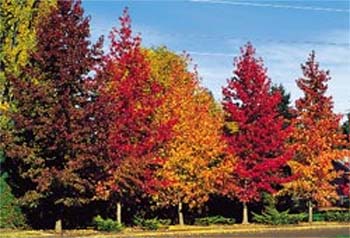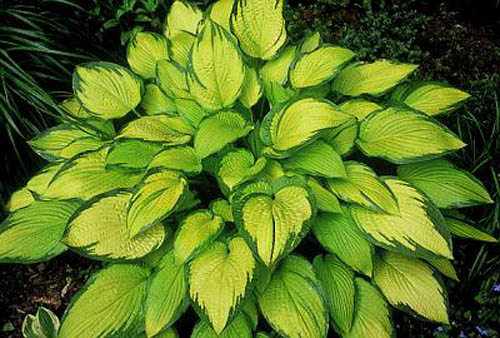Bonsai is the art of growing trees in a confined space, usually a pot or a tray. Bonsai does not refer to a type of plant, but describes a method of pruning and shaping to create an illusion of a very old tree in miniature. In Bonsai we try to simulate certain environmental conditions such as great age, extreme weathering, and twisted or contorted forms. Bonsai is modeled on, and often takes inspiration from nature. A bonsai can be created from any plant that has a woody trunk and tolerates pruning well. Bonsai can be loosely divided into tropical plants, deciduous shrubs and evergreens. The idea of bonsai is to recreate some of nature’s most stunning and beautiful effects on trees reduced in scale.
All bonsai practioners will agree on, is the idea that bonsai should simulate age to produce the appearance of maturity in your tree. Although the tree may only be ten or fifteen years old, you can make it look as if it has been growing for decades or even centuries. The trunks of bonsai should be very wide at the base and taper smoothly to the top of the tree.
We like our trees to look as natural as possible, this means a couple of different things. Let the tree itself suggest possibilities to you. Make that a feature of your bonsai. There are always possibilities in every tree, the trick is in finding them. Beauty is in the eye of the beholder. There are several classifications, such as formal upright, informal upright, cascade and windswept but, what really matters, is what looks right to you. There is no right or wrong way to measure beauty.
Many tools used in bonsai are readily available, you could have some already for houseplant or garden use. The most important tool is a pair of shears to cut thin branches and roots. A small pair of scissors will be useful for fine pruning. Wire cutters are not only good for cutting wire but also for cutting branches close to the trunk. You will need pliers for wiring, the size again depends on the size of the plant and wire. Copper wire is traditionally used, because it is flexible yet strong. A root rake, which looks like a fork with the tines bent down at right angle. A turntable is really handy. A soil sieve is used to remove the fine particles from your soil mix. They are available from garden centers or catalogues. A watering can is essential. Twist-ties are good to pull down a branch and tie it to another or down to the rim of a pot.
Pruning establishes the basic shape of the bonsai. By removing unnecessary branches, and thus enhancing others, you establish the style the tree will be. This is usually done only once, after which small shoots are pruned or removed, new growth is pinched back, and branches are wired to change or modify their position. There are two basic rules for removing branches, no branch should grow toward the front nor should branches cross each other. All other pruning is your choice, as you create in this little plant a vision of what you perceive this tree to represent.



